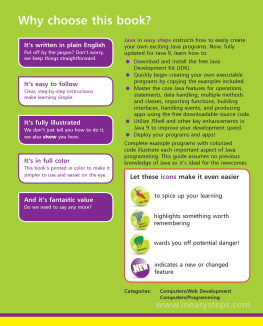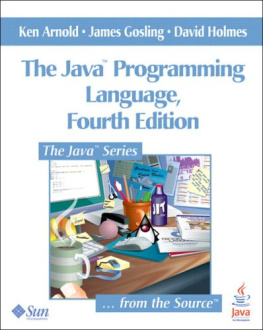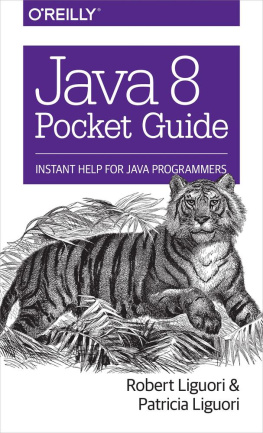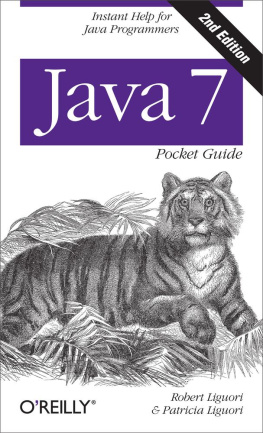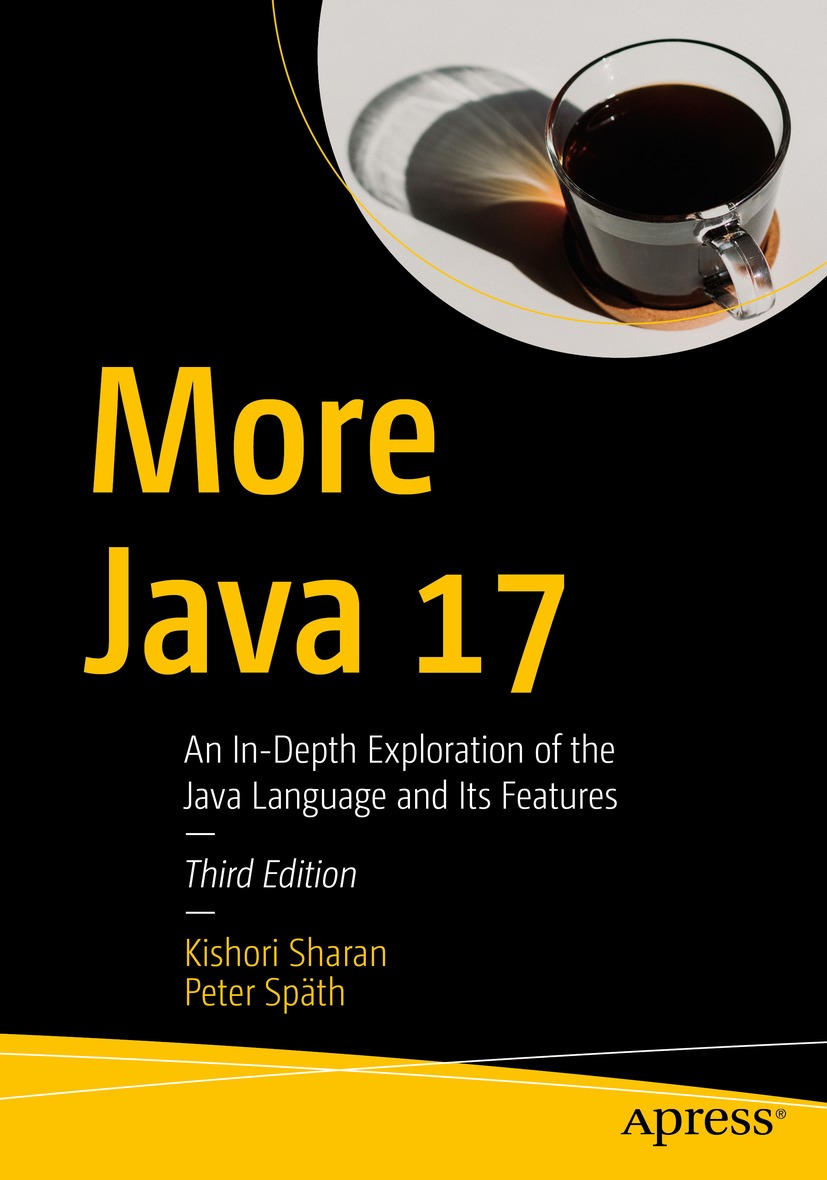Kishori Sharan - More Java 17: An In-Depth Exploration of the Java Language and Its Features
Here you can read online Kishori Sharan - More Java 17: An In-Depth Exploration of the Java Language and Its Features full text of the book (entire story) in english for free. Download pdf and epub, get meaning, cover and reviews about this ebook. year: 2021, publisher: Apress, genre: Computer. Description of the work, (preface) as well as reviews are available. Best literature library LitArk.com created for fans of good reading and offers a wide selection of genres:
Romance novel
Science fiction
Adventure
Detective
Science
History
Home and family
Prose
Art
Politics
Computer
Non-fiction
Religion
Business
Children
Humor
Choose a favorite category and find really read worthwhile books. Enjoy immersion in the world of imagination, feel the emotions of the characters or learn something new for yourself, make an fascinating discovery.
- Book:More Java 17: An In-Depth Exploration of the Java Language and Its Features
- Author:
- Publisher:Apress
- Genre:
- Year:2021
- Rating:5 / 5
- Favourites:Add to favourites
- Your mark:
More Java 17: An In-Depth Exploration of the Java Language and Its Features: summary, description and annotation
We offer to read an annotation, description, summary or preface (depends on what the author of the book "More Java 17: An In-Depth Exploration of the Java Language and Its Features" wrote himself). If you haven't found the necessary information about the book — write in the comments, we will try to find it.
Work with the essential and advanced features of the Java 17 release. This book covers features such as annotations, reflection, and generics. These topics are then complemented by details of how to use lambda expressions, allowing you to build powerful and efficient Java programs. Furthermore, added to this edition youll find topics on network programming, Java RMI, the process API, and custom runtime images. The authors provide a multitude of diagrams and complete programs to help you visualize and better understand the topics covered in this book.
More Java 17, Third Edition starts with a series of chapters on the essential language features provided by Java before moving on to Java module development and packaging, and improved interop with other languages. After reading this book, youll have the know-how of a professional Java programmer and be able to tackle most projects with confidence.
What You Will Learn
- Use essential and advanced features of the Java language
- Code Java annotations
- Work with reflection and generics
- Manage streams with the Stream API
Who This Book Is For
Those new to Java programming who are continuing the Java learning journey; it is recommended that you read an introductory Java programming book first, such as Java 17 for Absolute Beginners, from Apress.
Kishori Sharan: author's other books
Who wrote More Java 17: An In-Depth Exploration of the Java Language and Its Features? Find out the surname, the name of the author of the book and a list of all author's works by series.


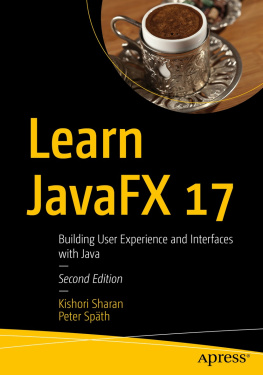
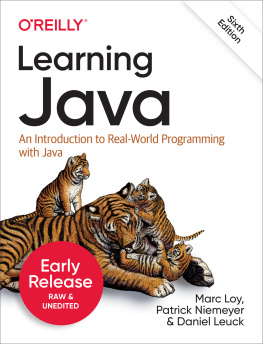

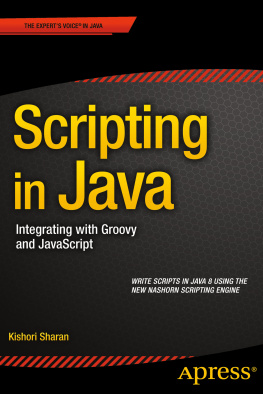

![Kishori Sharan [Kishori Sharan] - Java Language Features: With Modules, Streams, Threads, I/O, and Lambda Expressions](/uploads/posts/book/119352/thumbs/kishori-sharan-kishori-sharan-java-language.jpg)
